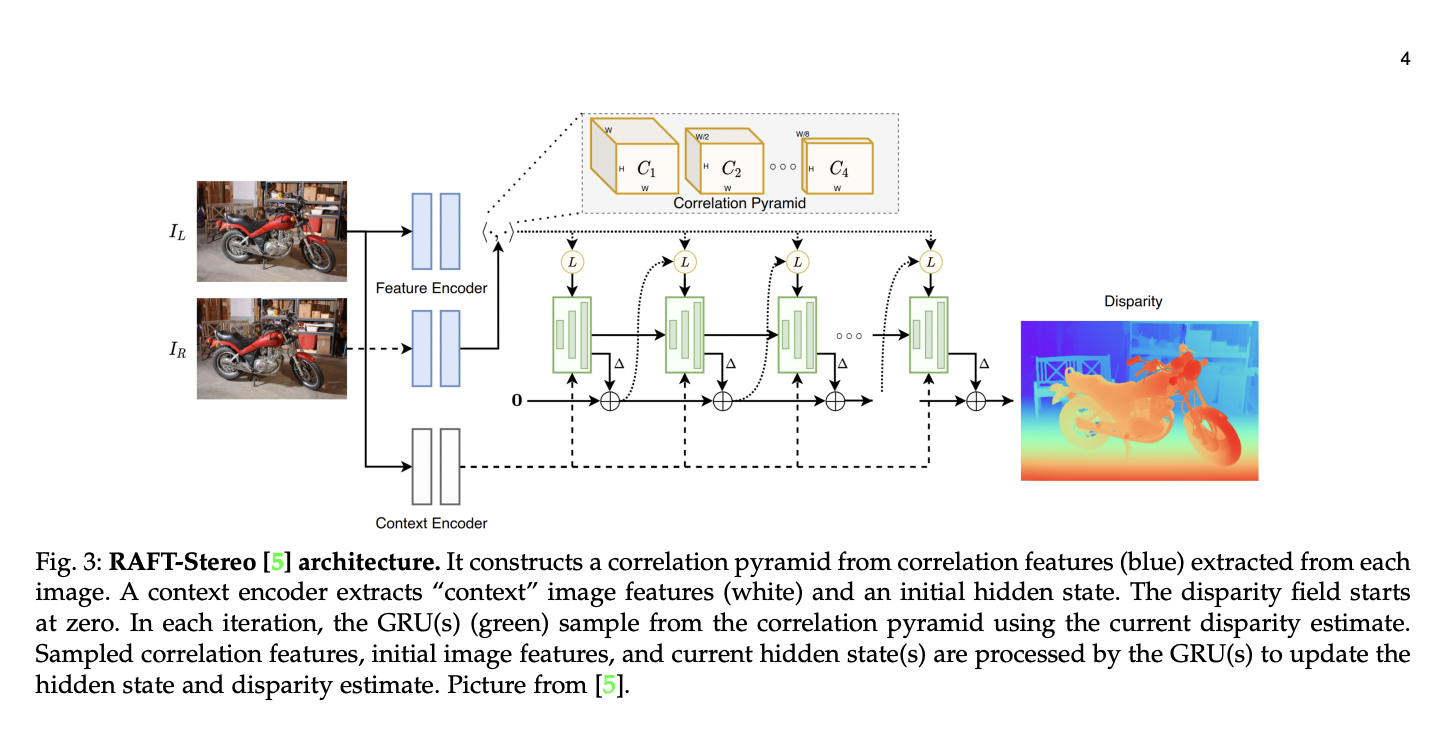
A Decade of Transformation: How Deep Learning Redefined Stereo Matching in the Twenties
A fundamental topic in computer vision for nearly half a century, stereo matching involves calculating dense disparity maps from two corrected pictures. It plays a critical role in many applications, including autonomous driving, robotics, and augmented reality, among many others.
Key Advancements in Deep Stereo Matching
A new study by the University of Bologna team presents a detailed analysis of recent advancements in deep stereo matching, specifically looking at the innovative paradigm shifts such as the use of transformer-based architectures and ground-breaking architectural designs like RAFT-new stereo, that have changed the game in the 2020s.
Key Findings
- Architecture Design: The benchmark findings demonstrate that RAFT-new stereo’s design approach is revolutionary, significantly increasing resilience to domain changes.
- Audio Enhanced with RGB: Utilizing thermal, multispectral, or event camera pictures as input to stereo-matching networks is an emerging concept that has grown in popularity over the last five years.
Despite the numerous triumphs, some problems predicted by earlier studies still exist. The team concludes that the development of visual foundational models for other computer vision tasks does not eliminate the need for stereo matching.
Practical Solutions
If you want to evolve your company with AI, stay competitive, and use A Decade of Transformation: How Deep Learning Redefined Stereo Matching in the Twenties to redefine your way of work, consider the following practical solutions:
- Identify Automation Opportunities
- Define KPIs
- Select an AI Solution
- Implement Gradually
For AI KPI management advice, connect with us at hello@itinai.com. And for continuous insights into leveraging AI, stay tuned on our Telegram or Twitter.
Discover how AI can redefine your sales processes and customer engagement. Explore solutions at itinai.com.




























